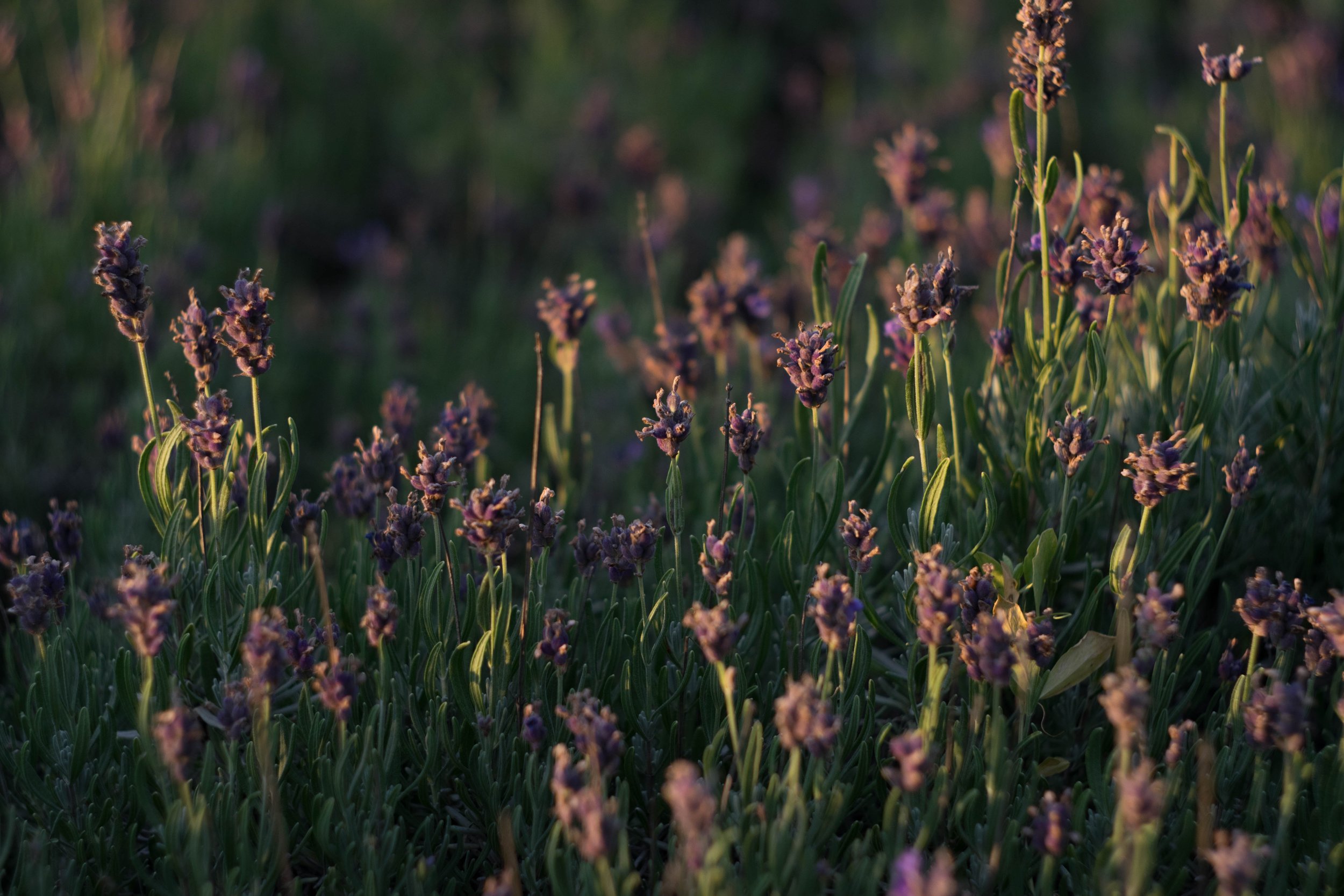
History Of Essential Oils
Essential oils have been cherished for centuries across cultures, offering therapeutic, spiritual, and aromatic benefits. From ancient rituals to modern wellness, their timeless appeal continues to inspire natural healing and self-care practices today.
Essential Oils in the Ancient World
-
Ancient Egypt: Pioneers of Aromatic Use
In ancient Egypt, essential oils were integral to daily life, utilized in religious ceremonies, cosmetics, and embalming practices. The Egyptians extracted oils from plants like frankincense, myrrh, and cedarwood for their aromatic and preservative properties. These oils were not only used for their pleasant scents but also for their believed ability to ward off evil spirits and honor deities. The art of perfumery was highly developed, with aromatic oils applied during bathing rituals and as skin moisturizers.
-
Ancient China and India: Integrating Oils into Holistic Practices
In ancient China, aromatic plants were incorporated into traditional medicine to restore balance and harmony within the body. Texts dating back to around 2700 BCE mention the use of herbs and aromatic plants for their healing properties. Similarly, India's Ayurvedic tradition, which has been practiced for over 3,000 years, employs essential oils like sandalwood, jasmine, and rose to balance the mind, body, and spirit. These oils were used in massages, meditation, and rituals to promote physical and spiritual well-being.
-
Ancient Greece and Rome: Adoption and Expansion of Aromatic Knowledge
The Greeks and Romans adopted the use of essential oils from earlier civilizations, integrating them into their medical practices, daily hygiene, and religious rituals. Hippocrates, often regarded as the father of medicine, documented the benefits of aromatic baths and massages using oils derived from plants like oregano and thyme. The Romans further popularized the use of aromatic oils in public baths and as perfumes, emphasizing their role in personal cleanliness and health.
Middle Ages: Preservation and Transformation
During the Middle Ages, the knowledge of essential oils was preserved primarily within monastic traditions. Monks cultivated medicinal plants and produced herbal preparations, including distilled oils, for treating various ailments. The use of aromatic substances was also prevalent during plagues, as they were believed to purify the air and protect against disease. However, much of the earlier empirical knowledge was overshadowed by superstition during this period.
Renaissance to Modern Era: Revival and Scientific Exploration
The Renaissance sparked a renewed interest in the therapeutic properties of plants, leading to more systematic studies of essential oils. By the 19th century, advancements in chemistry allowed scientists to analyze and identify the active components of essential oils, bridging traditional uses with scientific understanding. This period laid the groundwork for modern aromatherapy, blending empirical knowledge with scientific research.
20th Century: Emergence of Aromatherapy
The term "aromatherapy" was coined in the early 20th century by French chemist René-Maurice Gattefossé. After a laboratory accident where he burned his hand, Gattefossé applied lavender oil and observed rapid healing without scarring. This incident led him to investigate the antiseptic and healing properties of essential oils, establishing the foundation for modern aromatherapy.
Contemporary Use: Essential Oils in the Modern World
Today, essential oils are globally recognized for their therapeutic, cosmetic, and aromatic benefits. They are commonly used in aromatherapy to promote relaxation, alleviate stress, and enhance mood. Additionally, essential oils are incorporated into skincare products, natural remedies, and household cleaning solutions, reflecting a continued appreciation for their versatile properties. The integration of essential oils into daily life underscores a timeless connection between nature and well-being.
Understanding the rich history of essential oils offers a deeper appreciation for their enduring significance across cultures and eras. Their journey from ancient rituals to modern wellness practices highlights the timeless allure and efficacy of these natural extracts.

